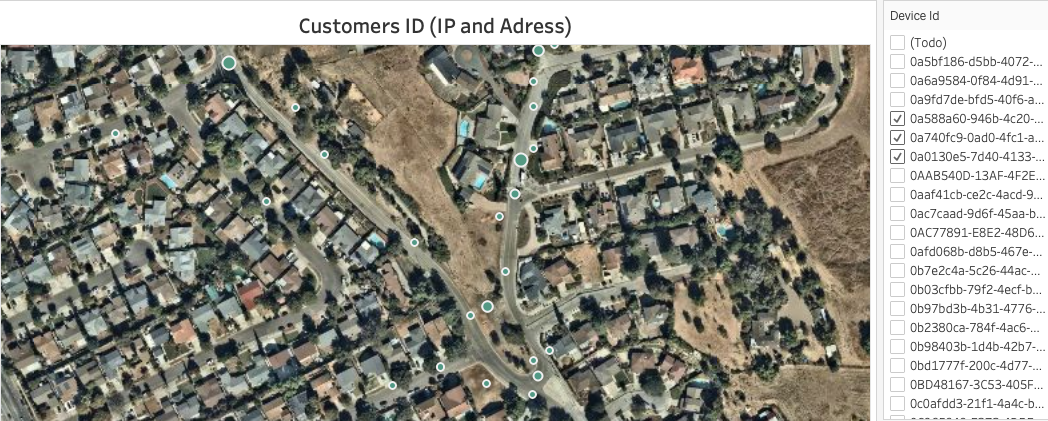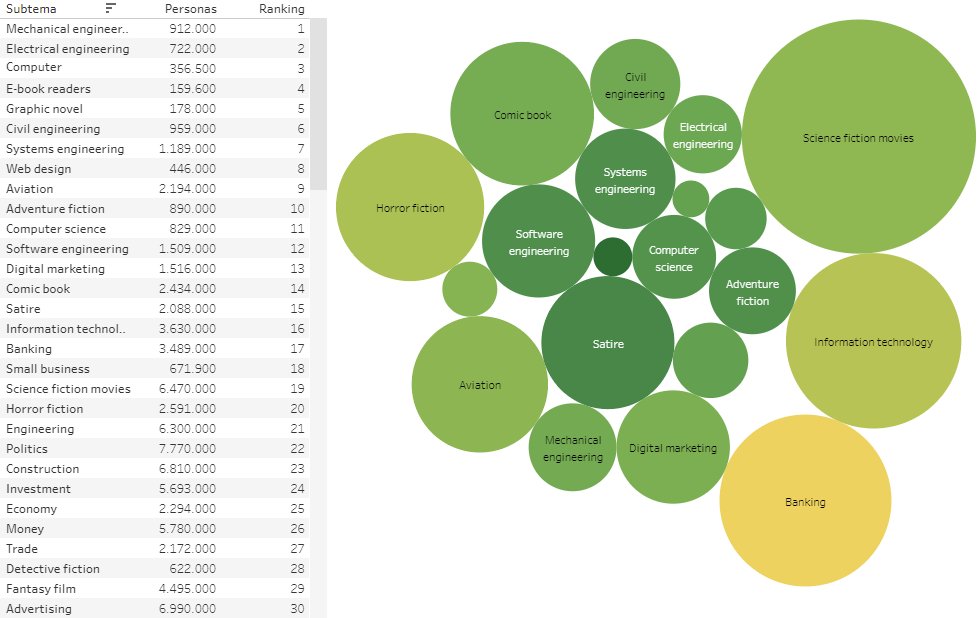Geospatial Data for Site Selection for New OutletsIdentifying the right location to establish a business is a fundamental part of the basic strategy of any company in all industries. Selecting the exact right area and location is crucial not only for profitability, but also to help determine whether or not the business will be successful.Wednesday, July 28, 2021
Iterative analysis of transaction, facility and asset data, along with geographic data, can reveal valuable information that can help a retail business choose the right location when establishing a business. Without the right tools to manage large volumes of information and geographic information systems (GIS), a "traditional" data collection and analysis process would require a lot of time and money.  "The image shows an analysis performed by PREDIK Data-Driven" "The image shows an analysis performed by PREDIK Data-Driven"Then, the economic characteristics of potential customers are correlated, considering several variables of interest, including income level, consumer preferences and behavior patterns in social networks.  "Image for illustrative purposes, to reflect an example of an analysis of consumer interests and preferences based on big data." Subsequently, the characteristics of potential locations in the cities under evaluation are identified, and for this all relevant information is collected, both from locations where the chain already has stores and locations of interest, such as:
 "Image for illustrative purposes, to reflect an example of geographic analysis of an area of interest, crossed with other data sources such as consumer mobility." Based on the customer profile, the number of potential customers is estimated using a methodology that is based on the company's own turnover figures, in this case, the hardware store chain. The customer shares the sales figures for each store, as well as the average ticket sales. This information is essential for estimating the potential sales of new outlets.  "The image shows an analysis performed by PREDIK Data-Driven" Subsequently, the commercial potential of the cities of interest is evaluated. By analyzing the characteristics of each potential location, the results of the analysis are compared with the characteristics of the cities where the client already has its points of sale. This comparative analysis is also done considering the performance of each store, market saturation and the number of total potential customers detected. You may be interested in: "Industrial Localization and Big Data." The final product is a list of locations of interest ranked by their business potential, including a sales estimate for each potential new store.  "Image for illustrative purposes, to reflect the potential locations of different retail outlets distributed in the state of California." At PREDIK Data-Driven we develop all types of predictive models for our clients. Learn more about how we do it. ¿Busca soluciones de inteligencia comercial para su empresa?Contact us for more information about our solutions with Geospatial data for the retail sector.Need assistance? Contact us
(506) 4001-6423
Heat Maps Applied to Expansion PlansDecember 2021 Heat maps are used by retail giants to understand pedestrian and vehicular mobility patterns and thereby optimize their strategies for opening new points of sale. Geomarketing & Retail Expansion Plan: Case StudyDecember 2021 Organizations rely on the effective use of big data and geomarketing techniques as the backbone of all their processes and decision making, reducing the risks of new investments associated with expansion plans and new store openings. Expansion Plans Data Science ModelsSeptember 2021 Business intelligence and technology tools enable retail businesses to deeply analyze the behavior of their customers inside and outside their stores, in order to identify the ideal location for future expansion plans. How to Increase Customer Dwell Time?August 2021 Customer dwell time is an analysis that should be closely monitored to capitalize on the full potential of each point of sale, indicating greater customer satisfaction.
×
ok |
|
×
![]()

 español
español






